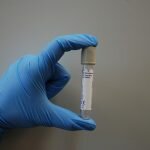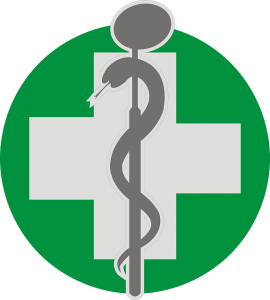Traditional Lung Cancer Treatments
Learn all about traditional lung cancer treatments.
Many factors are taken into consideration when deciding on the appropriate treatment for lung cancer patients.
These factors will include:
- how far the cancer has advanced
- how large the tumors are
- if the tumors are localized
- overall health and desires of the individual patient
The more traditional methods of lung cancer treatment involve surgery, chemotherapy, radiation therapy, as well as a combination of these treatments, depending on the individual factors and needs.
Treatments for lung cancer can include both curative treatments that intend to remove or destroy cancer cells, and palliative treatments that are only intended to reduce pain and discomfort, but do not cure the cancer.

Stages Of Lung Cancer
In the earliest stages of lung cancer, particularly stage 1, the most commonly preferred treatment is having surgery to remove the cancerous tumor. During this stage of lung cancer, the cancer is still confined to the lungs, often in the form of one tumor, and it is often possible to remove successfully with surgery.
The further advanced lung cancer gets, the less likelihood surgery alone will be effective. Once lung cancer spreads beyond the chest, and metastasizes into other vital organs, surgery is seldom a recommended treatment.
Medical experts have estimated between 10 percent and 35 percent of all cases of lung cancer can be treated successfully with surgery. Surgical removal is not always a guarantee of a cure, as cancerous cells may have already started to spread, and may recur later. Surgery may not be an option if it is located too close the trachea, or if the person is in poor health.
The type of cancer removal surgery is dependant on the stage the cancer is in and the condition of the lungs at the time of surgery. Lung cancer removal ranges from removal of part of one lobe to the removal of an entire lung. Statistics show that nearly 40 percent of all lung cancer patients who have undergone surgery as treatment are still alive five years after their surgery.

Radiation Therapy
Radiation therapy is another method used to treat lung cancer. It can help kill off dividing cancer cells, as well as stop the spread of the cancer. Radiation therapy is most commonly used in conjunction with either surgery, chemotherapy, or both. On occasion it is used alone, most often when the lung cancer patient is too sick to undergo surgery or withstand chemotherapy. When radiation is chosen as the sole treatment for lung cancer, statistics show it is successful approximately 10 percent to 15 percent of the time.
Finally, the use of medicines to kill or slow the growth of cancer cells is known as chemotherapy. Most often, chemotherapy is recommended when the lung cancer has spread beyond the chest area. The success rate of chemotherapy varies from each individual case and other health factors of the patient.








